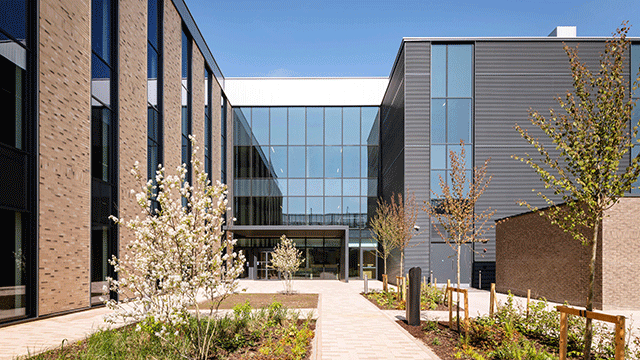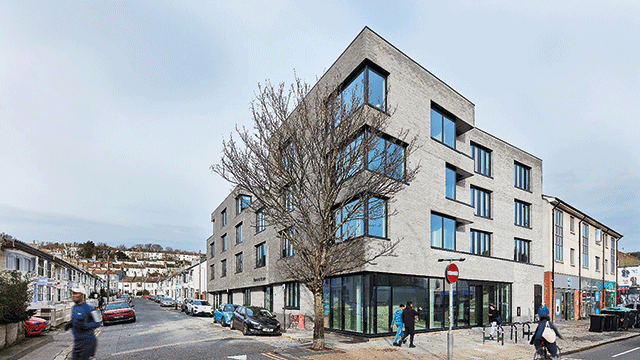Europe’s commercial real estate sector is poised to withstand the pressures of shifting global trade dynamics and monetary uncertainty in the wake of Donald Trump’s return to the White House, according to a report from Cushman & Wakefield.
The report analyses the implications of the first 100 days of President Trump’s second term, examining the impact of tariff measures, monetary policy and geopolitical tensions on the euro area and UK economies, and how these forces are filtering through to commercial property markets.
The firm’s research said that as 2025 began, the regional backdrop for the property sector was stable, with occupier demand steady, early signs of improvement in investment activity, and both the European Central Bank and the Bank of England leaning toward a more accommodative monetary position.
Despite what the report calls a “hard shift in US economic policy,” Cushman & Wakefield’s baseline view is that “the euro area and the UK economy will remain resilient albeit experiencing slower growth in 2025 than previously anticipated”.
Additionally, the report documents a turnaround in property pricing, following a prolonged period of adjustment triggered by interest rate hikes. “When central banks began their hiking cycle in 2022, capital values declined for roughly seven consecutive quarters with office assets down by approximately 22%, high street retail by 16% and logistics by 12%,” Cushman & Wakefield said. “However, following the inflection point in Q4 2023, capital values have registered gains of 5-6% across sectors.”
Cushman & Wakefield’s base case forecasts “a cumulative increase of above 9% in capital values across all property over the next two years.”
A more expansionary fiscal stance in Europe, combined with expected central bank rate cuts, is setting the stage for improved conditions for real estate investors.
“With inflation near target and more ECB rate cuts expected, financial conditions will likely ease further,” said Sukhdeep Dhillon, head of EMEA forecasting at Cushman & Wakefield. “This should lower borrowing costs, boost investment and consumption, and support growth – providing meaningful upside to the euro area’s outlook. A more supportive macroeconomic environment will improve investor sentiment, leading to increased capital flows into European commercial real estate as well as increased demand across sectors.”
The report points to a key knock-on effect of tariffs on construction materials like steel and aluminium: increasing cost pressures that are expected to reduce the viability of certain development projects.
“Any reduction in new supply is also likely to put upward pressure on rents in high-demand sectors like logistics and prime offices, with the result that existing commercial real estate assets could emerge as winners,” Dhillon added.
While tariffs may elevate construction and operating costs for logistics and retail properties, temporary stockpiling could offer a short-term boost to warehouse demand. Meanwhile, rising defence budgets may have a more structural impact, with implications across manufacturing and real estate sectors.
“Trade barriers will encourage companies to shift manufacturing closer to home, driving long-term demand for domestic industrial real estate through onshoring and nearshoring strategies,” said Dhillon. “Regardless of tariff impacts, it is essential for manufacturers to diversify supply chains as a prudent risk management strategy.”
As global investors adjust to a more uncertain landscape, changes in capital flow dynamics may create opportunities for domestic players, the report suggests.
“Recent fluctuations in bond yields are likely to impact property pricing and cost of capital. However, this shift could reverse swiftly, depending on the duration of tariffs and ongoing uncertainty,” said Dhillon. “Momentum was building as we entered the year, with capital eager to be deployed. As inflation pressures ease and monetary policy becomes more accommodative, confidence in European debt and capital markets is expected to strengthen in the second half of the year.”
Image via Shutterstock
Send feedback to Akanksha Soni











